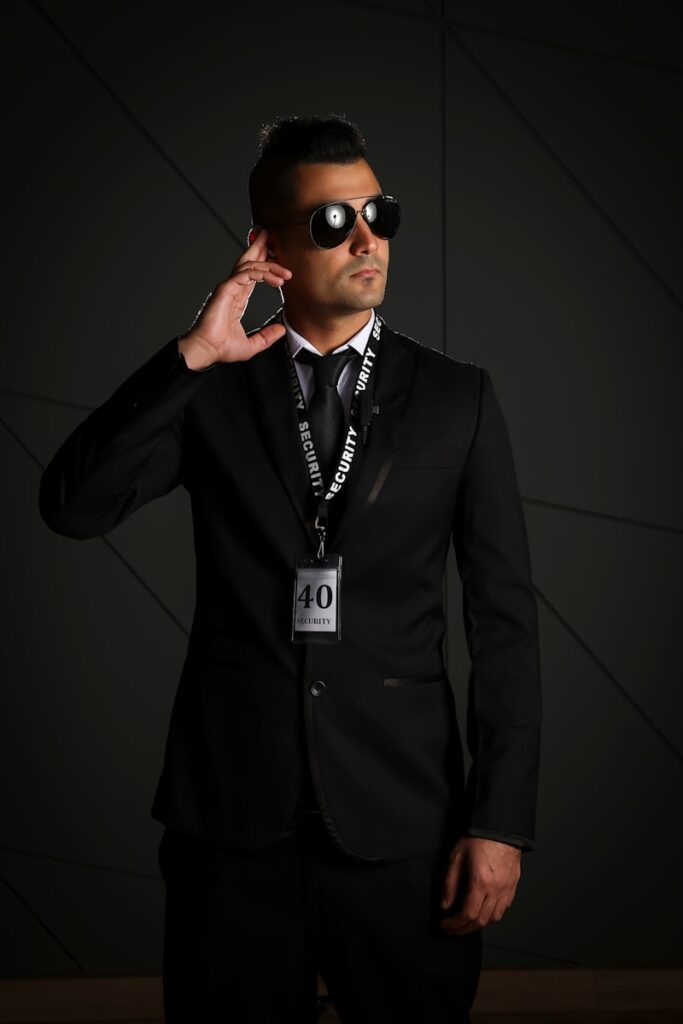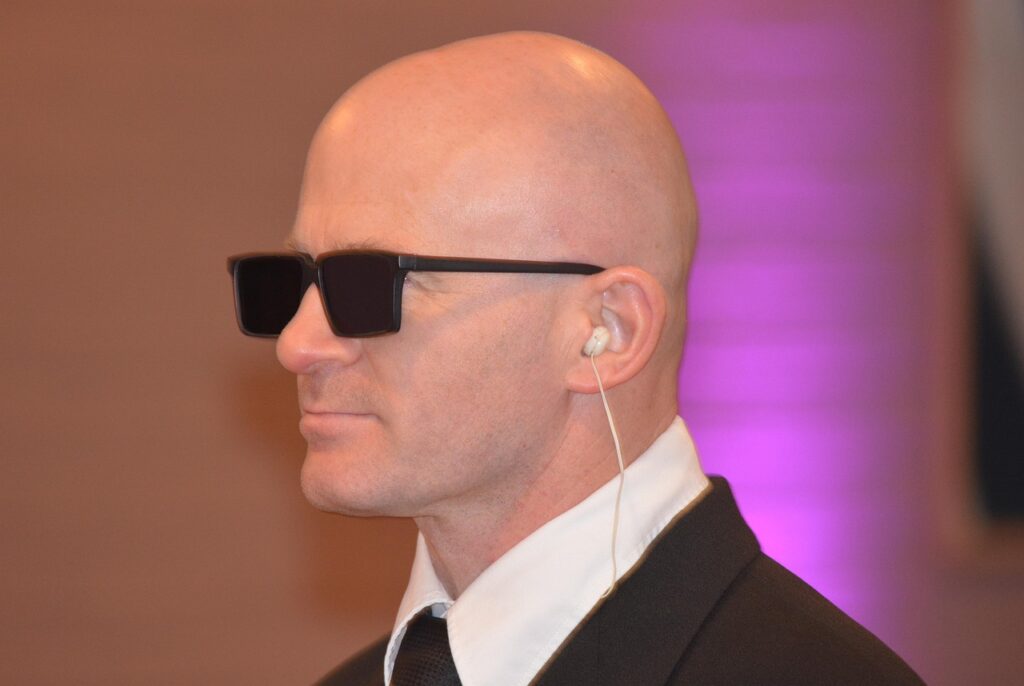
Ah, celebrity. It’s the glittering, often baffling, state of being broadly recognized by the public, usually because the mass media has decided you’re worth paying attention to. We’re talking about the kind of fame that gets you free food, fancy cars, and, apparently, a legion of adoring fans who sometimes forget the fundamental concept of personal space. From ancient Greek athletes showered with songs and poems, to Lord Byron waking up to find himself famous, and even Charles Dickens causing people to faint at his public readings, the allure of the limelight has always been a powerful, almost intoxicating, force. But with great fame, as they say, comes great responsibility – particularly for the poor souls tasked with shielding these stars from the more… *intense* aspects of public adoration.
Because let’s be honest, while it’s all fun and games when a fan asks for a polite selfie, things can escalate faster than a pop star’s album sales. Suddenly, you’re not just dealing with admiration; you’re contending with a full-blown physical interaction, often aggressive, sometimes bordering on outright bizarre. This is where the unsung heroes of the celebrity world step in: the bodyguards. These are the individuals who stand between Beyoncé and a particularly zealous fan, or between Lionel Messi and someone who believes their autograph is more valuable than a first-born child. They are the human shields, the silent protectors, the masters of the subtle shove, all while trying to look like they’re just casually strolling beside their client.
Now, you might think bodyguarding is simply about being big and brooding, standing menacingly in a dark suit. But oh, how wrong you’d be. It’s an intricate dance of strategy, psychology, and occasionally, raw physical intervention, all performed under the glaring eye of smartphones. The stakes are incredibly high, with every move scrutinized, every action potentially ending up as a viral sensation – or, worse, a PR disaster. So, for those of us who assume these guardians of the glitterati just wing it, prepare to have your minds blown. We’ve dug into the dark corners of celebrity encounters to unearth the unwritten, often hilarious, and sometimes utterly insane rules that celebrity bodyguards *must* follow when fans go from admiring to outright aggressive.
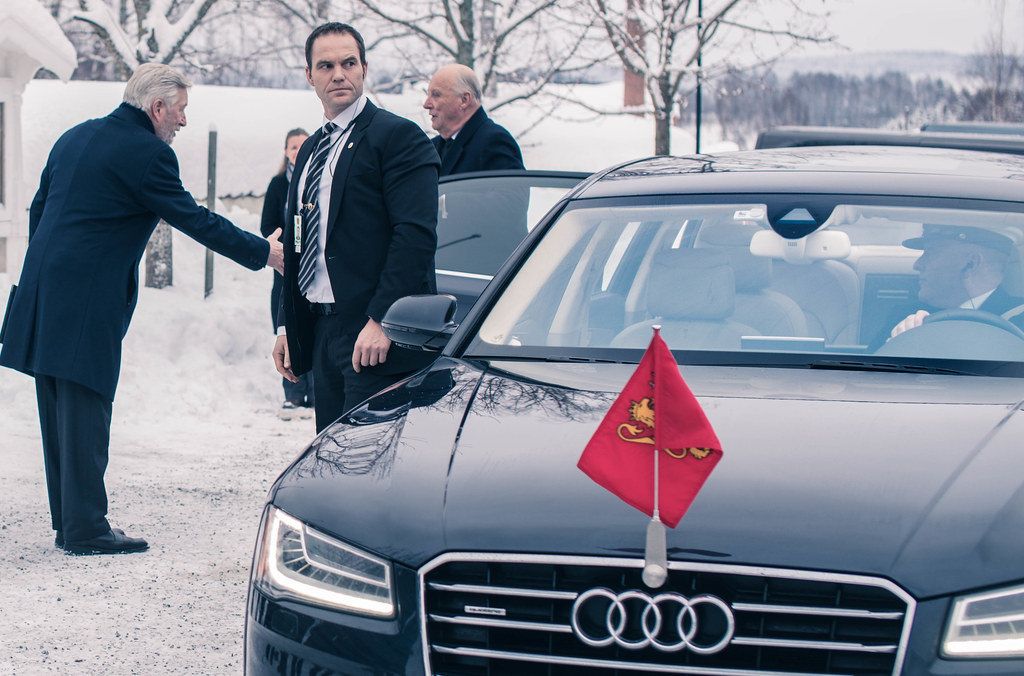
1. **The Art of the Pre-emptive Block: When to Deploy the Human Shield**
When you’re a celebrity bodyguard, your primary directive isn’t just to react; it’s to anticipate. It’s about spotting trouble before it’s even had its first cup of coffee. Think of it as a game of high-stakes chess, where your queen is a multi-million-dollar asset with a schedule more packed than a clown car, and the pawns are, well, anyone with a pen and a dream. This rule, the pre-emptive block, is perhaps the most fundamental, a subtle art of positioning and subtle intervention that prevents a situation from ever escalating to the point where actual fists (or oversized sun hats) start flying.
We saw this in action at the Cannes Film Festival when ‘Furiosa’ star Anya Taylor-Joy found herself in a tense encounter. A fan, pen and book in hand, decided that personal space was merely a suggestion. As she refused to stop, he “was seen running up in front of her and demanding an autograph.” Now, for an ordinary person, this might be a mild annoyance. For a celebrity, it’s a potential security breach, a moment of vulnerability. That’s when Anya’s “alert bodyguard stepped in to defend the actress from any possible physical assault.” It wasn’t a brutal takedown; it was a strategically timed, well-placed intervention designed to interrupt the fan’s momentum and protect the client.
This isn’t just about physical defense; it’s about managing the flow of human traffic around a celebrity like a highly trained sheepdog. The bodyguard isn’t waiting for a punch to be thrown or a full-blown tackle to occur. They’re looking for that shift in body language, that sudden burst of speed, that wild glint in the eye that screams, “I’m about to break protocol!” The goal is to create an immediate, albeit temporary, barrier, subtly redirecting the aggressive fan without causing a scene that the paparazzi would salivate over. It’s about being proactive, not just reactive, and it’s a skill that differentiates the pros from the glorified bouncers.
The real genius of the pre-emptive block lies in its subtlety. A truly masterful bodyguard can divert a fan, create space, and guide their client away, all while looking like they’re just checking their watch or adjusting their tie. The fan might not even realize they’ve been ‘blocked’ until they’re suddenly facing a wall of impeccably tailored muscle. It’s less about brute force and more about the psychological warfare of presence, making it clear, without uttering a single word, that this personal bubble is not to be popped. When Anya’s bodyguard intervened, it was precisely this: a swift, decisive move to ensure her safety before the situation spiraled further out of control.

2. **The “Safe Removal” Debacle: How Not to Create a Public Relations Nightmare**
Ah, the delicate dance of fan management. Every bodyguard’s textbook, if such a thing existed, would undoubtedly have a chapter titled ‘Aggressive Fan Removal: A Step-by-Step Guide to Not Getting Sued or Canceled.’ The core principle is simple: get the fan away from the celebrity. The execution, however, is where things often go gloriously, spectacularly, and sometimes legally, wrong. Because while protection is paramount, a public perception of excessive force can turn the hero into the villain faster than you can say “cancel culture.”
Consider the incident involving international superstar Shakira at a Miami hotel. A fan, brimming with excitement, tried to approach her. What should have been a routine, albeit firm, intervention turned into something far more problematic. According to footage, a security guard “aggressively intervened and, instead of ensuring a safe removal of the fan, he appeared to assault the individual in question.” This isn’t just a minor misstep; this is the kind of blunder that ends up on every gossip blog, fuels endless debate on social media, and prompts uncomfortable questions about professional conduct.
This single incident highlights the tightrope bodyguards must walk. The intent, presumably, was to protect Shakira, whose “personal safety is a top priority at any public event or appearance.” But the method chosen completely undermined the goal. The guard’s actions “raised concerns about the handling of security at events” and whether he “overstepped his professional boundaries and whether the force used was justifiable.” Instead of being lauded for vigilance, the bodyguard, and by extension, Shakira herself (who was criticized for not intervening, though it’s unknown if she noticed), became embroiled in controversy. The ‘safe removal’ became anything but, turning a potentially routine incident into a full-blown PR nightmare.
The takeaway for any aspiring celebrity protector is clear: ‘safe removal’ means safe for *everyone* involved, including the overzealous fan. It’s about de-escalation, redirection, and firm but non-violent escorting. The moment it looks like a scene from a wrestling match, you’ve lost. The goal is to extract the problem without creating a bigger one. This requires training, restraint, and an understanding that every interaction is effectively an audition for the court of public opinion. Because in the age of omnipresent smartphones, one aggressive shove can undo years of careful image cultivation.
3. **Justifiable Force vs. Full-Blown Brawl: Finding the Sweet Spot**
Following neatly from the ‘safe removal’ debacle, we delve into the murky waters of ‘justifiable force.’ It’s a phrase that sounds legally precise but, in the heat of a chaotic fan encounter, is about as clear as a celebrity’s reasons for dating someone half their age. Bodyguards are constantly operating in this grey area, making split-second decisions that can either save their client from harm or land them, and their client, in a world of legal and public relations pain. The fine line between an appropriate deterrent and an unwarranted assault is often invisible until it’s crossed, and then it’s all over the internet.
The Shakira incident perfectly encapsulates this dilemma. Questions immediately arose as to “whether the force used was justifiable.” This isn’t just legal jargon; it’s a fundamental ethical and professional question that bodyguards grapple with daily. When a fan, no matter how aggressive, is simply seeking an autograph or a photo, is it ever ‘justifiable’ to grab them by the neck, as reports suggested happened? The answer, both legally and morally, leans heavily towards ‘absolutely not,’ unless there’s an immediate, credible threat of severe harm. The bodyguards’ job is to protect, not to punish.
This isn’t to say bodyguards should be punching bags. There are indeed moments when force *is* justified – when a celebrity is in actual physical danger, facing an imminent threat that cannot be diffused by less aggressive means. But the emphasis is always on *minimum necessary force*. A push, a block, a firm verbal command – these are often the extent of what’s considered appropriate. Escalating to a ‘full-blown brawl,’ or even just an overly aggressive shove when the threat isn’t severe, is a colossal failure of judgment, not just for the bodyguard but for the entire security operation.
So, what’s the secret sauce for finding this elusive sweet spot? It’s a combination of rigorous training, constant threat assessment, and an almost superhuman level of self-control. It means understanding that most ‘aggressive’ fans are more desperate for attention than they are genuinely dangerous. It means having the presence of mind to assess the situation, determine the actual level of threat, and respond proportionally. Because in the court of public opinion, a single viral video of a bodyguard overreacting can be far more damaging to a celebrity’s image than a slightly delayed autograph.
:quality(85):upscale()/2017/11/06/833/n/1922398/6da68d5c5a00b145eb6347.49013432_edit_img_twitter_post_image_file_19005700_1509993550.jpg)
4. **The Celebrity’s Exit Strategy: Evacuation is Always Priority One**
Forget the red carpet poses, the dazzling smiles, and the perfectly curated soundbites. For a celebrity bodyguard, the real moment of triumph isn’t when their client nails a photoshoot; it’s when they successfully execute the ‘exit strategy.’ This isn’t just about getting from point A to point B; it’s about a meticulously planned, often adrenaline-fueled, extraction from the jaws of public adoration, especially when that adoration turns into a ravenous horde. The absolute, undeniable, non-negotiable priority is getting the celebrity out of the immediate danger zone, even if it means trampling over the hopes and dreams of a thousand fans.
We witnessed this critical rule in full effect during Anya Taylor-Joy’s Cannes incident. After her bodyguard had dealt with the aggressive autograph-seeker, the next step was swift and decisive. The actress “was assisted to her car, where she slid in to the back seat and closed the door, denying other fans a possible picture or autograph.” Notice the key phrase here: “denying other fans.” This isn’t an act of rudeness; it’s a strategic move. Once a breach of the personal bubble occurs, or an aggressive fan creates a scene, the mission immediately shifts from ‘manage the crowd’ to ‘get out, now.’
For bodyguards, every public appearance has a pre-determined escape route, a designated vehicle, and a contingency plan for when things go sideways. The moment a situation escalates, all niceties go out the window. The fan who’s waited hours for a photo? Tough luck. The person with a meticulously crafted gift? Into the car. The priority isn’t to be polite; it’s to be efficient and secure. The longer a celebrity remains exposed in a volatile situation, the greater the risk, not just of physical harm, but of a further loss of control, potentially leading to a more severe incident.
This rule effectively means that a bodyguard is constantly calculating angles, timing, and potential obstacles. They’re looking for the quickest, safest path to the waiting vehicle, often acting as a physical wedge to clear the way. The celebrity might appear uncomfortable, as Anya did, but the bodyguard’s focus is singular: extraction. It’s the ultimate tactical retreat, a maneuver designed to minimize prolonged exposure and ensure that the star lives to shine another day, safely tucked away in the back of a luxury SUV, away from the madding crowd and their selfie requests.
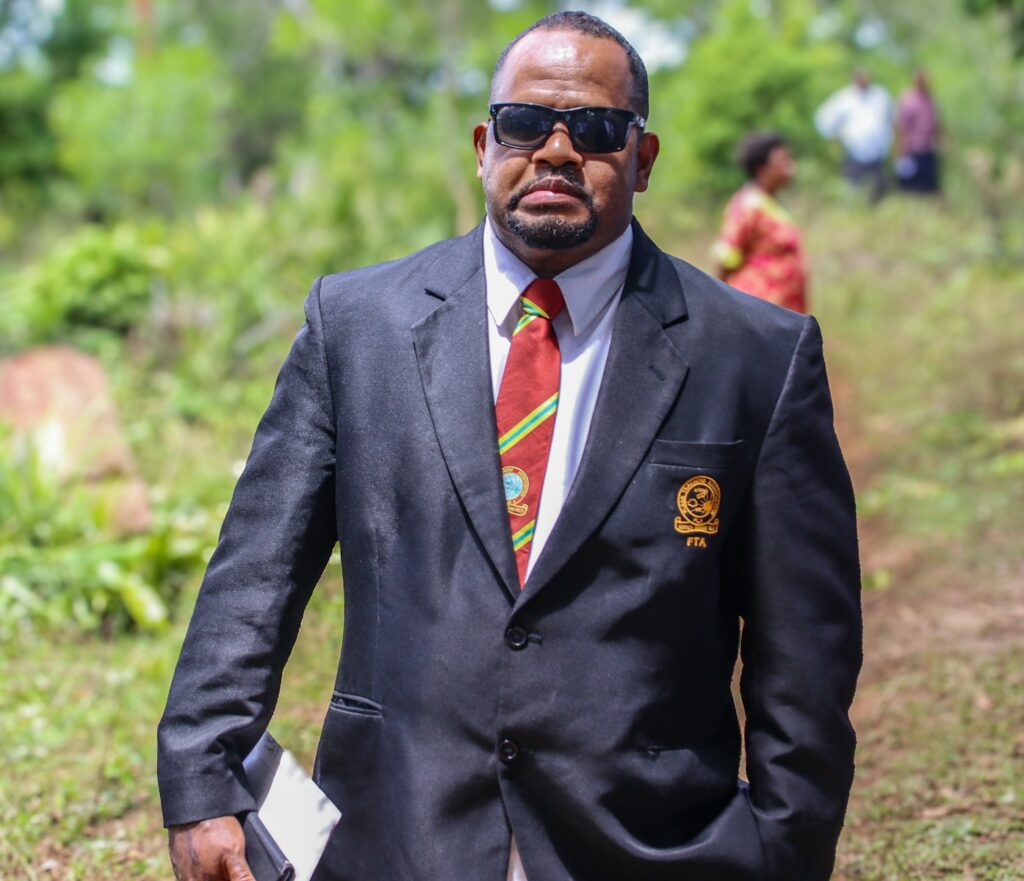
5. **The Peripheral Vision of a Hawk: Spotting Trouble Before It’s Trouble**
Forget about ‘seeing dead people’; a top-tier celebrity bodyguard is trained to ‘see bad intentions.’ This isn’t some mystical power; it’s the result of relentless training, acute observational skills, and a finely tuned sixth sense for human behavior. In the chaotic, often overwhelming environment of a public event, where hundreds of eyes are focused on one person, the bodyguard’s job is to scan the periphery, searching for the one anomalous element, the one person whose gaze lingers too long, whose movements are just a little too deliberate, or whose enthusiasm curdles into aggression. It’s about spotting trouble before it even thinks about knocking.
Anya Taylor-Joy’s “alert bodyguard” at Cannes provides a perfect illustration. The fan approached, “seemingly aggressive,” holding a pen and book. It wasn’t an immediate lunge, but a gradual escalation. The bodyguard’s alertness allowed him to perceive the threat developing, not just when it manifested physically. This crucial foresight enabled a “pre-emptive block,” defending the actress before the situation could fully materialize into a full-blown assault. This level of vigilance goes beyond simply watching; it’s about interpreting, predicting, and reacting to nascent threats.
This hyper-awareness extends beyond just aggressive fans. Bodyguards are looking for potential projectiles, sudden movements in the crowd, suspicious packages, or even just someone acting erratically. They’re effectively creating a mental map of their surroundings, identifying potential choke points, escape routes, and sources of danger. While the celebrity is smiling for the cameras, signing autographs, or trying to remember which movie they’re promoting, their bodyguard is conducting a continuous, high-speed risk assessment, often without the client even realizing it.
The unexpected reality of this rule is the mental fatigue it engenders. Imagine being constantly on high alert, your brain processing countless visual cues, filtering out the innocuous to focus on the potentially harmful. It’s an exhausting, relentless task that requires immense focus and discipline. Yet, it’s absolutely essential. The bodyguard’s peripheral vision is not just about what’s directly in front of them; it’s about the entire 360-degree environment, a constant, silent surveillance operation designed to ensure that their client remains safe, even from the seemingly benign chaos of celebrity worship. Because sometimes, the biggest threat comes from the person you least suspect, and a bodyguard’s job is to suspect everyone.
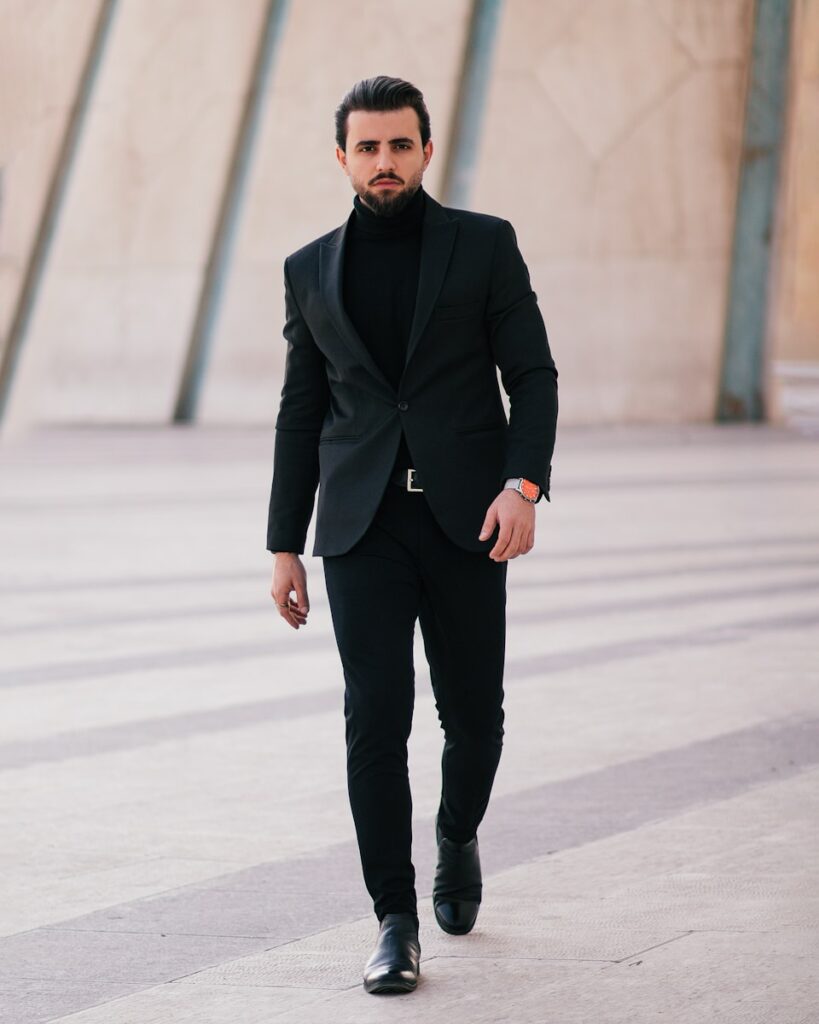
6. **The Myth of the ‘Accessible’ Star: Managing Fan Expectations (and Their Inevitable Disappointment)**
Alright, let’s be brutally honest: most fans think they have a personal connection with their favorite celebrity. They’ve watched their movies, streamed their music, followed their every social media post, and by golly, they feel *entitled* to a piece of that star, whether it’s a selfie, an autograph, or a five-minute chat about their deepest feelings. This isn’t just adoration; it’s an expectation, born from the very nature of celebrity that makes their life “publicly consumed as dramatic entertainment.” And that, my friends, is where the bodyguard steps in, not just to protect the body, but to manage the often-unrealistic expectations of the masses.
Because while a celebrity’s job is to maintain a “favorable public image,” a bodyguard’s job is to ensure safety, which often means being the big, bad brick wall between a fan’s dream and reality. They’re masters of the subtle art of ‘no,’ conveyed through expert positioning, a polite but firm hand gesture, or simply moving the celebrity along at an inconvenient speed. Remember Anya Taylor-Joy being “assisted to her car, where she slid in to the back seat and closed the door, denying other fans a possible picture or autograph”? That wasn’t rudeness; that was masterful expectation management in action, orchestrated by a bodyguard who understands that disappointment is a small price to pay for security.
Fans, unfortunately, don’t always take kindly to being denied. They might have “waited hours for a photo” or prepared a meticulously crafted gift, only to be shooed away like a pesky fly. This is where the psychological game begins. A good bodyguard can project an air of calm authority that defuses potential aggression, even while subtly shutting down any chance of interaction. It’s about making it clear, without resorting to excessive force, that this isn’t the meet-and-greet they envisioned, thereby preventing a minor frustration from spiraling into a full-blown incident.
The truth is, the bodyguard is not there to facilitate fan experiences; they are there to protect the asset. If that means making a few hundred people feel vaguely ignored or slightly miffed, then so be it. It’s a thankless job, often requiring them to be the villain in a fan’s personal movie, but it’s essential for maintaining control and ensuring the celebrity can get from point A to point B without someone attempting to steal their shoe as a souvenir. It’s all part of the job description for shielding stars from “the more *intense* aspects of public adoration.”
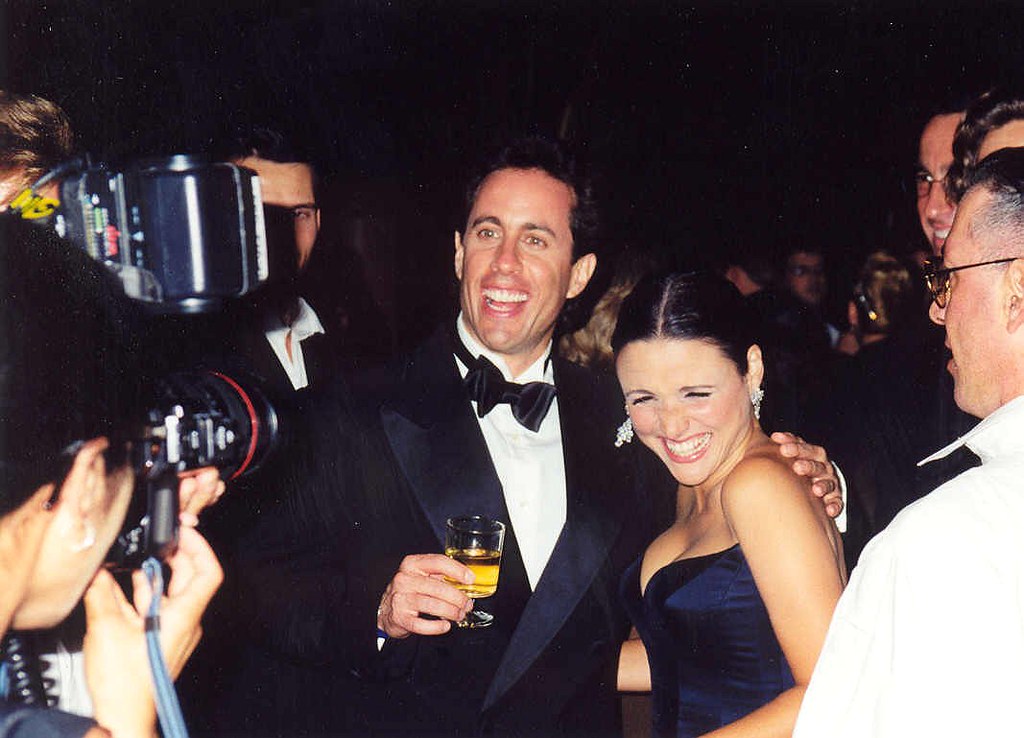
7. **The Celebrity Awareness Protocol: Teaching Stars to Not Be Dumb (Bless Their Hearts)**
Let’s face it: while some celebrities are incredibly savvy, others have the situational awareness of a particularly confused houseplant. They live in a bubble, often surrounded by adoring handlers, and might genuinely struggle to recognize a developing threat from a simple fan crush. Their job is to radiate charisma, not to scan the crowd for potential assailants. This is where the bodyguard steps in, not just as a protector, but often as a covert life coach, subtly guiding their star through the perilous landscape of public interaction and essentially teaching them “Celebrity Safety 101.”
The “Celebrity Awareness Protocol” isn’t a formalized class with a diploma at the end, but a continuous, real-time education. Bodyguards often train their clients on crucial behaviors: make eye contact only when safe, avoid sudden movements that can draw attention, and perhaps most importantly, *always* listen to and follow the bodyguard’s cues without question. Imagine being told to suddenly pivot, or to ignore someone who’s been calling your name for twenty minutes. It goes against every instinct for someone whose career is built on public connection, but it’s vital for their safety.
For example, a celebrity who lingers too long to sign an extra autograph, or who attempts to engage with a particularly agitated fan, can inadvertently create a security nightmare. Every second they spend in an uncontrolled environment increases the risk, making the bodyguard’s job exponentially harder. The high visibility of celebrities’ private lives means their actions are always scrutinized, and an innocent gesture can be misconstrued, or worse, exploited by someone with less than stellar intentions. The bodyguard needs the celebrity to be a cooperative partner, not a charming liability.
So, while the star is busy being fabulous, their bodyguard is constantly communicating, often through subtle signals or pre-arranged codewords, to keep them on track. It’s about instilling a disciplined routine for public appearances, ensuring the celebrity understands that while they’re the shining object of adoration, they’re also a valuable target. This partnership is crucial, because even the best bodyguard can only do so much if their client decides to wander off script and embrace every potential security breach with open arms.
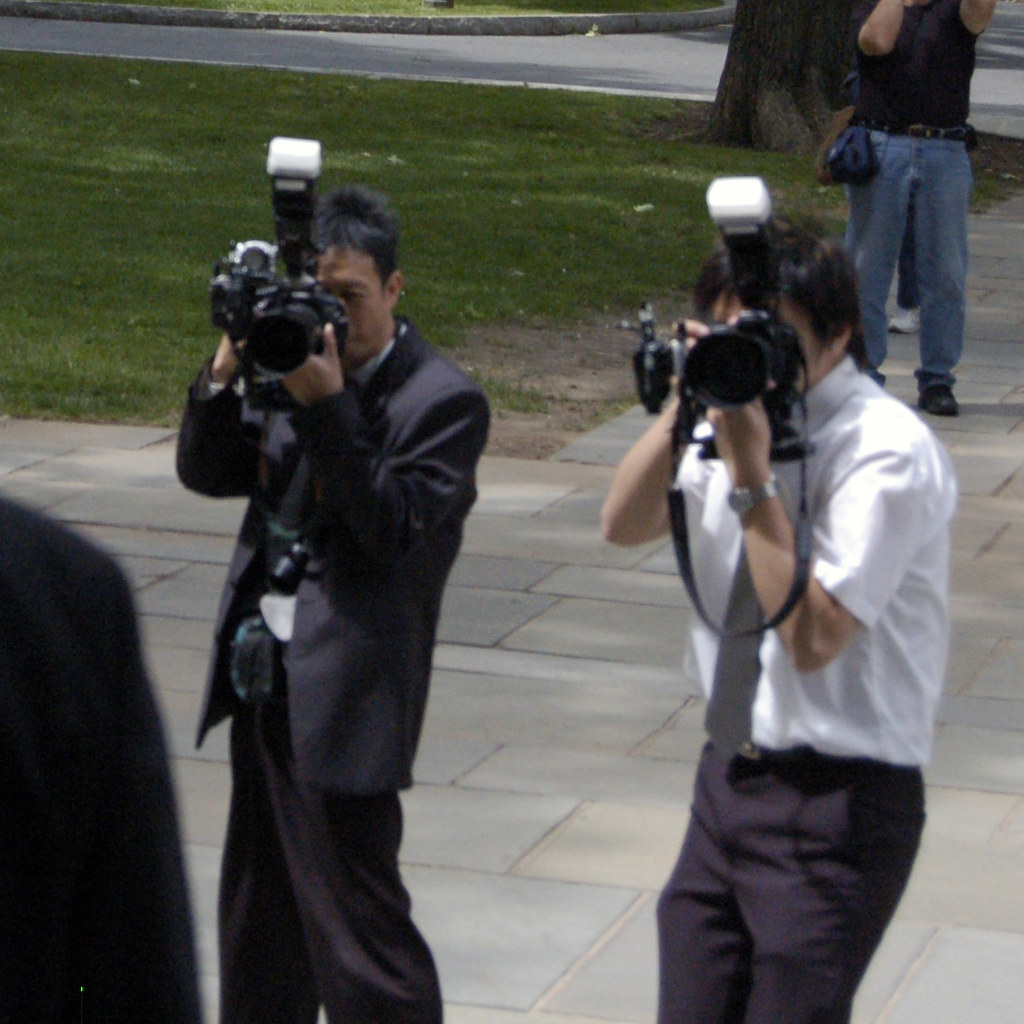
8. **The Invisible Wall: Mastering the Art of Personal Space Creation**
For most of us, personal space is a given. We enjoy a comfortable bubble, a few feet of unmolested air that prevents strangers from breathing down our necks. For celebrities, this concept evaporates faster than a supermodel’s meal plan. Every public appearance is an assault on their personal boundaries, with fans, paparazzi, and hangers-on all vying to get a little too close for comfort. This is where the bodyguard becomes a master architect of the “invisible wall,” a constantly shifting, almost psychic barrier designed to keep the celebrity safe, sane, and un-groped.
Building this invisible wall involves a combination of strategic positioning, subtle body language, and sometimes, the sheer physical presence of a very large person in a suit. It’s not about being aggressive; it’s about being unequivocally *there*. They position themselves to block sightlines, create narrow pathways, and subtly redirect approaching individuals without ever making direct contact unless absolutely necessary. Think of it as a constant, fluid dance where the bodyguard is always moving to maintain that critical buffer zone, ensuring the celebrity isn’t accidentally impaled by an autograph pen or subjected to an unwanted embrace.
The true artistry lies in the subtlety. A clumsy or overly aggressive bodyguard can quickly turn a manageable crowd into a hostile one, or worse, create a viral video that paints the celebrity as aloof or entitled. We saw this dilemma with the Shakira incident, where the guard’s “aggressively intervened” actions “raised questions about whether he overstepped his professional boundaries.” The goal is to project an impenetrable aura without actually laying hands on anyone, keeping the celebrity insulated while maintaining a veneer of calm. It’s a “tightrope bodyguards must walk,” balancing protection with public perception.
This invisible wall is not static; it expands and contracts based on the environment, crowd density, and perceived threat level. In a tight corridor, the wall might be a dense, physical wedge. In a more open space, it might be a wider, more permeable perimeter. The bodyguard is constantly assessing the “360-degree environment,” calculating angles, and anticipating movements, ensuring that even when the celebrity is seemingly accessible, there’s always an unseen force field at play. It’s less about brawn and more about the psychological impact of unwavering presence.
Ultimately, the success of the invisible wall isn’t measured by how many people were physically blocked, but by how many unwanted interactions *never even happened*. It’s a testament to the bodyguard’s skill that most fans don’t even realize they were expertly herded, redirected, or subtly prevented from breaching the celebrity’s personal space. This constant, silent vigilance ensures that while the celebrity is basking in the glow of fame, they’re not actually drowning in the sea of public adoration.
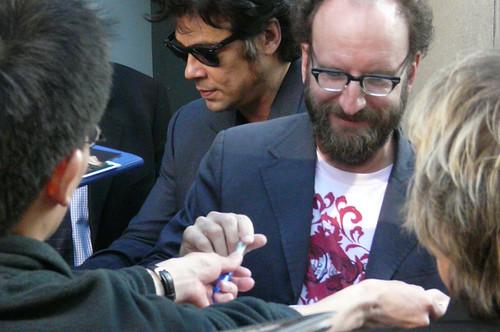
9. **The Autograph Gauntlet: When a Pen Becomes a Weapon (of Annoyance)**
Ah, the autograph. A seemingly innocent request, a treasured memento, a tangible piece of a star’s magic. But to a celebrity bodyguard, that innocent pen in a fan’s hand can quickly transform into a metaphorical (and sometimes literal) weapon of distraction and intrusion. An autograph session, particularly in an uncontrolled environment, is a high-risk scenario, creating an immediate and often intense proximity between the celebrity and the public. As we know, “personal safety is a top priority at any public event or appearance.”
Consider the unfortunate incident with Anya Taylor-Joy at Cannes, where a fan, pen and book in hand, became aggressive, “running up in front of her and demanding an autograph.” This perfectly illustrates why bodyguards view autograph attempts with extreme caution. It brings a fan uncomfortably close, creates a potential grabbing opportunity, and forces the celebrity to focus their attention downward, making them vulnerable. A pen is harmless, yes, but the intent behind its aggressive presentation can be anything but.
Bodyguards are trained to manage this “autograph gauntlet” with precision. Often, they will create a physical barrier, interposing themselves between the celebrity and the eager fan. Their movements are swift and decisive, guiding the celebrity’s hand for a quick signature if appropriate, or more often, whisking them away from the situation entirely. The primary goal is to minimize the duration of the close encounter and ensure that the celebrity is never trapped or cornered while attempting to fulfill a fan’s request. As with Anya, she was quickly “assisted to her car… denying other fans a possible picture or autograph.”
Every autograph request triggers an internal risk assessment. Is this fan genuinely excited, or are they exhibiting warning signs of aggression? Is their gaze too intense, their body language too forward? The bodyguard’s “peripheral vision” and “finely tuned sixth sense” are on overdrive during these moments. They’re constantly looking for that subtle shift that turns admiration into a potential threat, and they are prepared to shut down the interaction instantly, even if it means disappointing a genuine admirer. Because when it comes to celebrity protection, an autograph is never worth compromising safety.

10. **Protecting the Golden Goose: How to Preserve the Public Image Amidst the Chaos**
Beyond the physical safety of the celebrity, there’s another, equally crucial asset a bodyguard must protect: their client’s public image. In an era where every smartphone is a potential news camera and every fan is a potential viral content creator, a single misstep, a perceived slight, or an overly aggressive intervention can shatter a carefully cultivated brand faster than you can say “cancel culture.” “The stakes are incredibly high, with every move scrutinized, every action potentially ending up as a viral sensation – or, worse, a PR disaster.”
This is the ultimate tightrope walk: protecting the body without damaging the brand. The infamous Shakira incident serves as a stark reminder. While the security guard’s intention was presumably to protect the star, his “aggressively intervened” actions led to public criticism, raising “concerns about the handling of security at events.” Instead of being seen as a hero, the guard, and by extension, Shakira herself, faced a public backlash. The ‘safe removal’ became a PR nightmare, demonstrating how a bodyguard’s actions are instantly magnified and judged in the “court of public opinion.”
Bodyguards must operate with an acute awareness of this double duty. They need to be firm, decisive, and uncompromising in their protective measures, but they also need to be subtle, professional, and composed. “Safe removal’ means safe for *everyone* involved, including the overzealous fan.” This means favoring de-escalation techniques, using minimal necessary force, and ensuring that any intervention, however necessary, doesn’t devolve into a spectacle that the tabloids will feast on. Their uniform might be a dark suit, but their true skill lies in performing their duties with invisible grace.
In essence, bodyguards are not just bouncers; they are image guardians. They’re shielding the celebrity from physical harm while simultaneously shielding them from the potential wrath of public opinion. Every push, every block, every denial of an autograph is calculated not just for immediate safety, but for its long-term impact on the star’s carefully constructed persona. Because in the glittering, often absurd world of celebrity, a damaged reputation can be far more catastrophic than a missed photo op.
So there you have it: the often-hilarious, sometimes terrifying, and always utterly complex world of the celebrity bodyguard. It’s a thankless job, performed under intense scrutiny, where the lines between protector, diplomat, and public relations expert blur into one impeccably tailored package. They are the silent sentinels, the masters of the subtle shove, ensuring that our beloved stars can continue to shine, blissfully unaware of the constant battles fought on their behalf. Next time you see a celebrity gliding through a crowd, spare a thought for the human shield beside them, navigating a minefield of overzealous fans, all while trying to look like they’re just casually strolling to the snack bar. It’s a celebrity’s world, but these unsung heroes are just living in it… and making sure the star lives to tell another tale.

